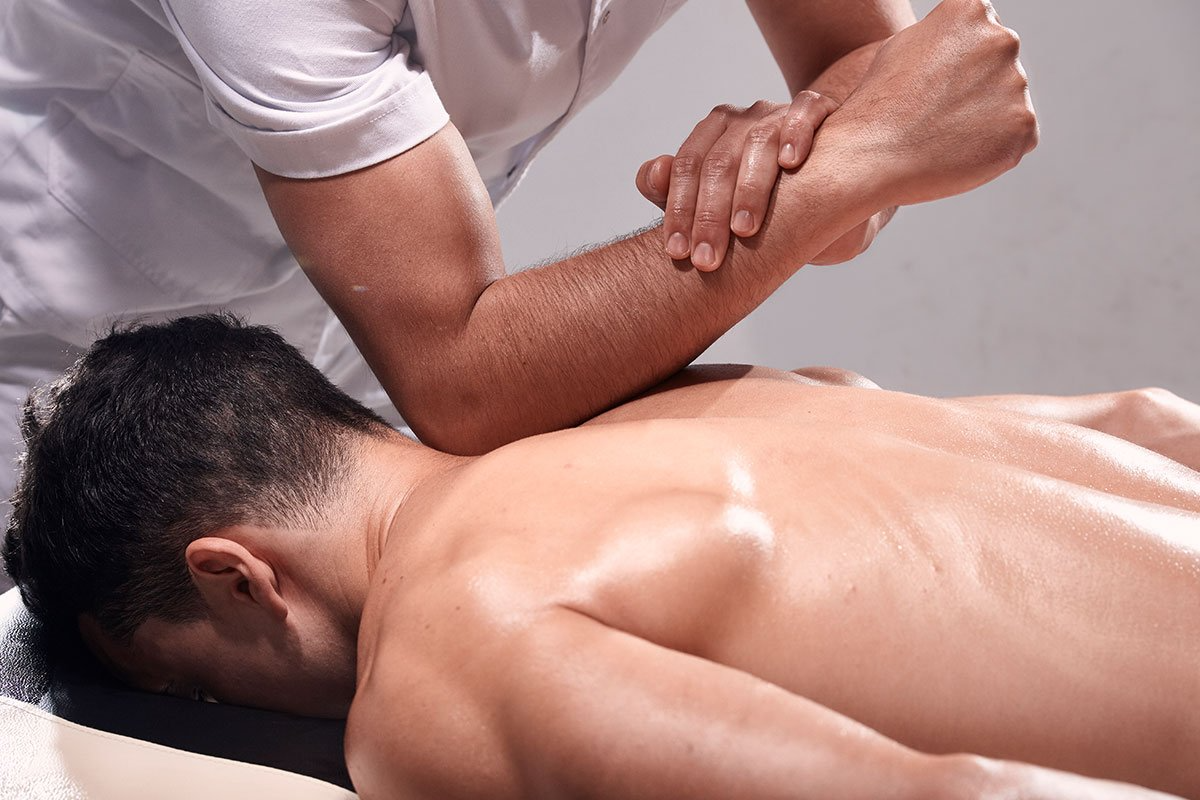Introduction
What is Deep Tissue Massage?
- Overview of Deep Tissue Massage
- Benefits and Applications
Deep Tissue Massage Benefits
- Physical Benefits
- Pain Relief
- Improved Mobility and Flexibility
- Reduced Muscle Tension and Stiffness
- Mental and Emotional Benefits
- Stress Reduction
- Enhanced Relaxation
- Better Sleep Quality
What to Expect During a Deep Tissue Massage
- Preparation
- How to Prepare for a Session
- What to Wear
- Communication with the Therapist
- The Process
- Techniques Used
- Areas Commonly Targeted
- Duration of a Typical Session
- Aftercare
- Post-Massage Recommendations
- Hydration and Rest
- Managing Potential Soreness
Differences Between Deep Tissue and Other Massage Techniques
- Deep Tissue Massage vs. Therapeutic Massage
- Key Distinctions
- Specific Goals and Outcomes
- Deep Tissue Massage vs. Swedish Massage
- Pressure Intensity
- Technique Variations
- Deep Tissue Massage vs. Sports Massage
- Target Audience
- Specific Benefits
Frequently Asked Questions (FAQs)
- What is Deep Tissue Massage Therapy Best For?
- How Rough is a Deep Tissue Massage?
- Is Deep Tissue Massage Good or Bad?
- What Happens to Your Body During a Deep Tissue Massage?
Deep Tissue Massage Therapy
Introduction
What is Deep Tissue Massage Therapy?
Deep tissue massage therapy is a technique that focuses on realigning deeper layers of muscles and connective tissue. It is particularly beneficial for chronic aches and pains, as well as contracted areas such as a stiff neck and upper back, low back pain, leg muscle tightness, and sore shoulders. Consult a registered massage therapy for further details.
Deep Tissue Massage Benefits
Physical Benefits
- Pain relief: Effective in reducing chronic pain.
- Improved mobility and flexibility: Enhances range of motion.
- Reduced muscle tension and stiffness: Helps relax tight muscles.
Mental and Emotional Benefits
- Stress reduction: Promotes a sense of relaxation.
- Enhanced relaxation: Alleviates stress and anxiety.
- Better sleep quality: Encourages restful sleep by reducing physical discomfort.
What to Expect During a Deep Tissue Massage
Preparation
- How to prepare for a session: Hydrate well and avoid heavy meals.
- What to wear: Comfortable clothing; you may be asked to undress to your comfort level.
- Communication with the therapist: Discuss any specific pain points or areas of concern.
The Process
- Techniques used: Slow strokes and deep finger pressure.
- Areas commonly targeted: Neck, back, shoulders, and legs.
- Duration of a typical session: Usually lasts about 45 to 60 minutes.
Aftercare
- Post-massage recommendations: Drink plenty of water to help flush out toxins.
- Hydration and rest: Crucial for muscle recovery.
- Potential soreness and its management: Mild soreness is common; gentle stretching and hydration help.
Differences Between Deep Tissue and Other Massage Techniques
Deep Tissue Massage vs. Therapeutic Massage
- Key distinctions: Deep tissue targets deeper muscle layers, while therapeutic massage addresses overall muscle wellness.
- Specific goals and outcomes: Deep tissue focuses on relieving chronic muscle tension, whereas therapeutic massage aims for general relaxation and wellness.
Deep Tissue Massage vs. Swedish Massage
- Pressure intensity: Deep tissue uses more intense pressure compared to the lighter strokes of Swedish massage.
- Technique variations: Deep tissue involves slower movements and deep finger pressure, while Swedish massage uses long, gliding strokes.
Deep Tissue Massage vs. Sports Massage
- Target audience: Athletes or physically active individuals.
- Specific benefits: Sports massage focuses on preventing and treating injuries and enhancing athletic performance.



